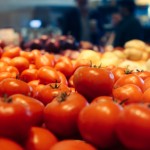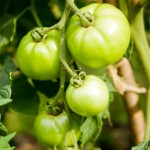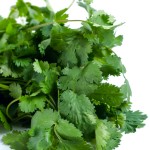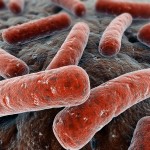When I was a kid in Wisconsin, we used to have "beefsteak tomatoes" several times a week. Then I went off to college and medical school, then residency and fellowships and, eventually, the Air Force. At some point I realized I wasn't eating tomatoes as often and, when I did, they just weren't the same.
We raised our own back in large pots on the back patio two years ago, bought a few at farmers' markets and some vine-ripened tomatoes at a supermarket. The taste, in all cases was much, much better than the standard grocery-store tomato, but I hadn't thought much about the reasons.
Than a friend, knowing about my blog, suggested I buy a book called Tomatoland, written by Barry Estabrook. The back cover advance comments included one by Ruth Reichel who was Editor in Chief for Gourmet Magazine for ten years (it went out of business in 2009) and has been restaurant critic for the New York Times and the Los Angeles Times. She felt the original Gourmet article, "The Price of Tomatoes," (which was expanded to become the book) was the one she was most proud to have published during her tenure.
There are two basic themes to Tomatoland: one is that the "industrial tomato," grown in Florida and accounting for a third of all the fresh tomatoes grown in this country (and a much greater percentage of those available in the supermarkets from October to June) is bred for almost everything except taste. His detailed exploration of the Florida tomato, whose attributes are tightly controlled by a state tomato committee, explained what I had known for some time. They add little to salads except for color.
That especially excludes taste and nutritional benefits. The one thing the modern industrial tomato has over its 1960-era predecessors is sodium; it has considerably less vitamin content and less calcium, according to Estabrook. He has won two James Beard awards, one for his blog http://politicsoftheplate.com. I went to that website and read a recent post which brought me back to the second theme of Tomatoland: the abhorent conditons endured by our migrant farm workers.
There are, according to that post, 400,000 of those low-paid laborers, 70% of whom are estimated to be undocumented. Florida had virtual slavery with crew bosses picking out and often holding workers in dismal settings (locked in a truck, for instance). That situation, has gradually improved in some aspects at least, in large part due to the efforts of a worker coalition. But Estabrook's recent post said many of the migrant farm hands/pickers skipped working in Georgia this year after a new law mirroring Arizona's harsh legislation was put into place.
So Georgia was short 11,000 farm workers and the farmers were in danger of losing $300,000,000 worth of produce. The governor, who pushed for the new law a few months ago, is now offering those vacant farm jobs to unemployed probationers. The problem is the work is tough and often reuires experience, so the newly employed group is quitting in droves.
Read the book; it's an eye-opener.







